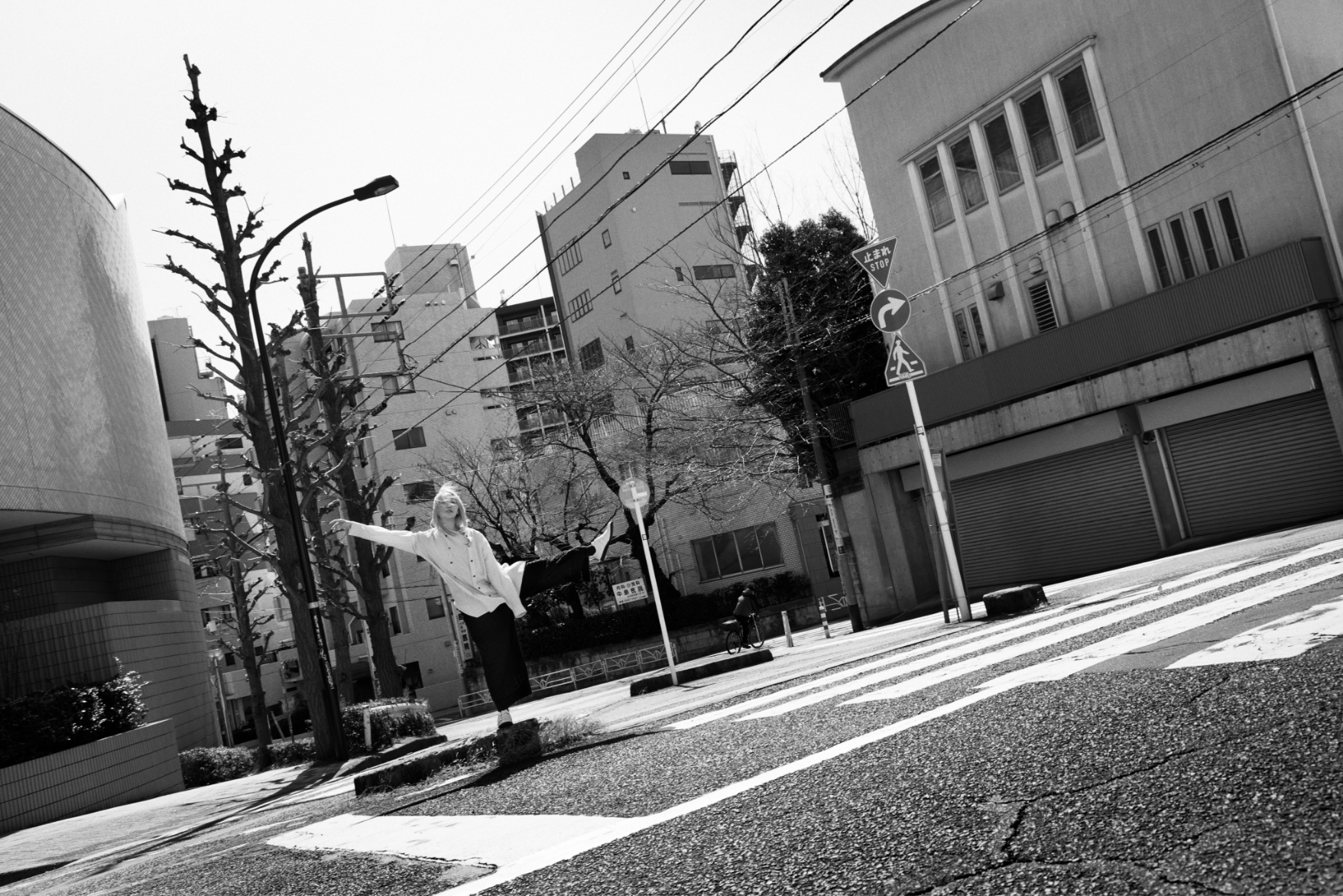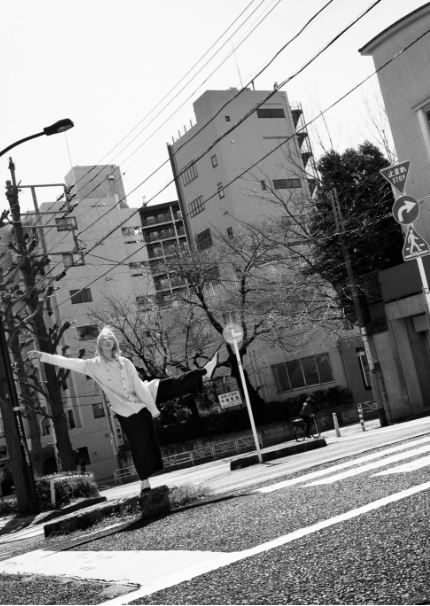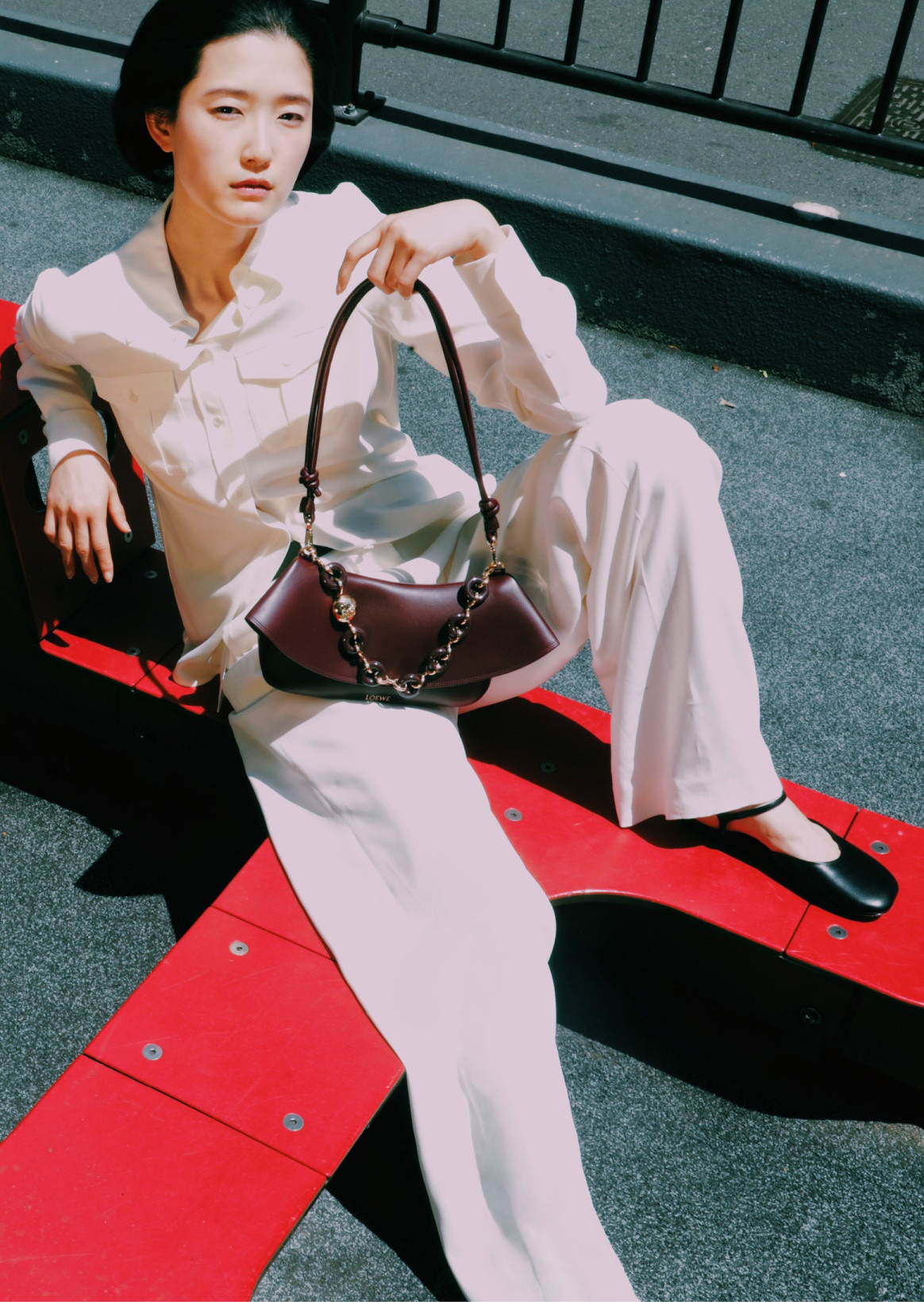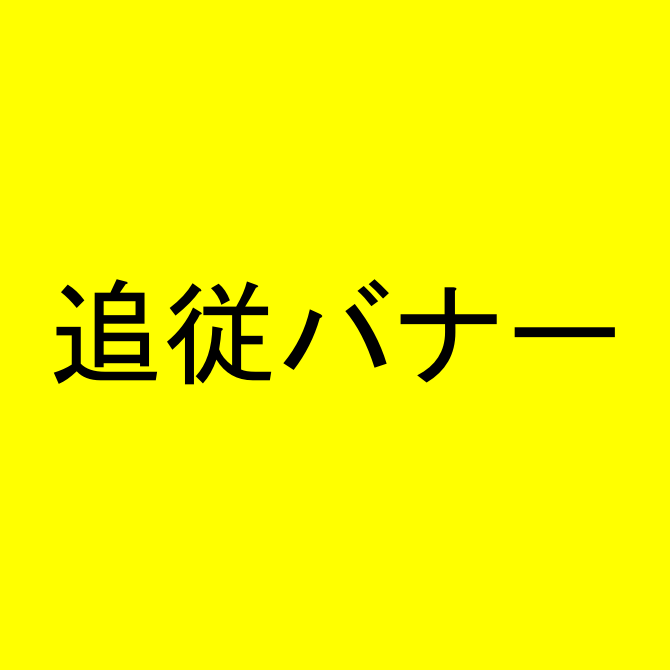- Photo
- Kazumi Kurigami
- Text
- Hirofumi Kurino
- Director
- Sato Takayoshi (OGYA inc)
- Stylist
- Keisuke Baba
- Model
- YACO, Jun Niioka(BARK IN STYLE)
시부야라는 도시에 야마모토 요지의 사상을 계승하는 6개의 브랜드가 집결한다.
Y’s、Y’s for men、discord Yohji Yamamoto、LIMI feu、Ground Y、S’YTE。
각각이 다른 언어로 "요지야마모토 DNA"를 말하면서, 시부야 파르코라는 장소에서 하나의 존재감을 형성하고 있다.
전설의 사진가·조상 카즈미가 찍어낸 것은, 거리를 배경으로 뿌려진 옷이 자아내는, 고요함과 긴장감
패션과 도시, 사람과 시간이 교차하는 순간이 그의 눈빛에 의해 깊게 구워지고 있다.
그리고 구리노 히로후미는, 「거리・사람・물건」의 시점으로부터, 그 풍경의 배후에 있는 기억과 관계성을 말한다.
사진과 말이 겹치는 이 기록은 옷이 도시와 결합될 때 생겨나는 하나의 ‘공범 관계’의 증거이다.
Six brands inheriting the philosophy of Yohji Yamamoto are gathering in the city called Shibuya.
Y's, Y's for men, discord Yohji Yamamoto, LIMI feu, Ground Y, S'YTE.
Each expresses the "Yohji Yamamoto DNA" in a different language, together creating a singular presence within the space of Shibuya PARCO.
What legendary photographer Kazumi Kurigami captures is the quiet tension emanating from garments worn against the backdrop of the city. Moments where fashion and the city and where people and time intersect are deeply imprinted in memory through his gaze.
Hirofumi Kurino, meanwhile, speaks from the perspective of "city, people, and things" about the memories and relationships that lie behind those scenes.
This record, in which photographs and words overlap, stands as evidence of a certain "complicity" that arises when clothing connects with the city.
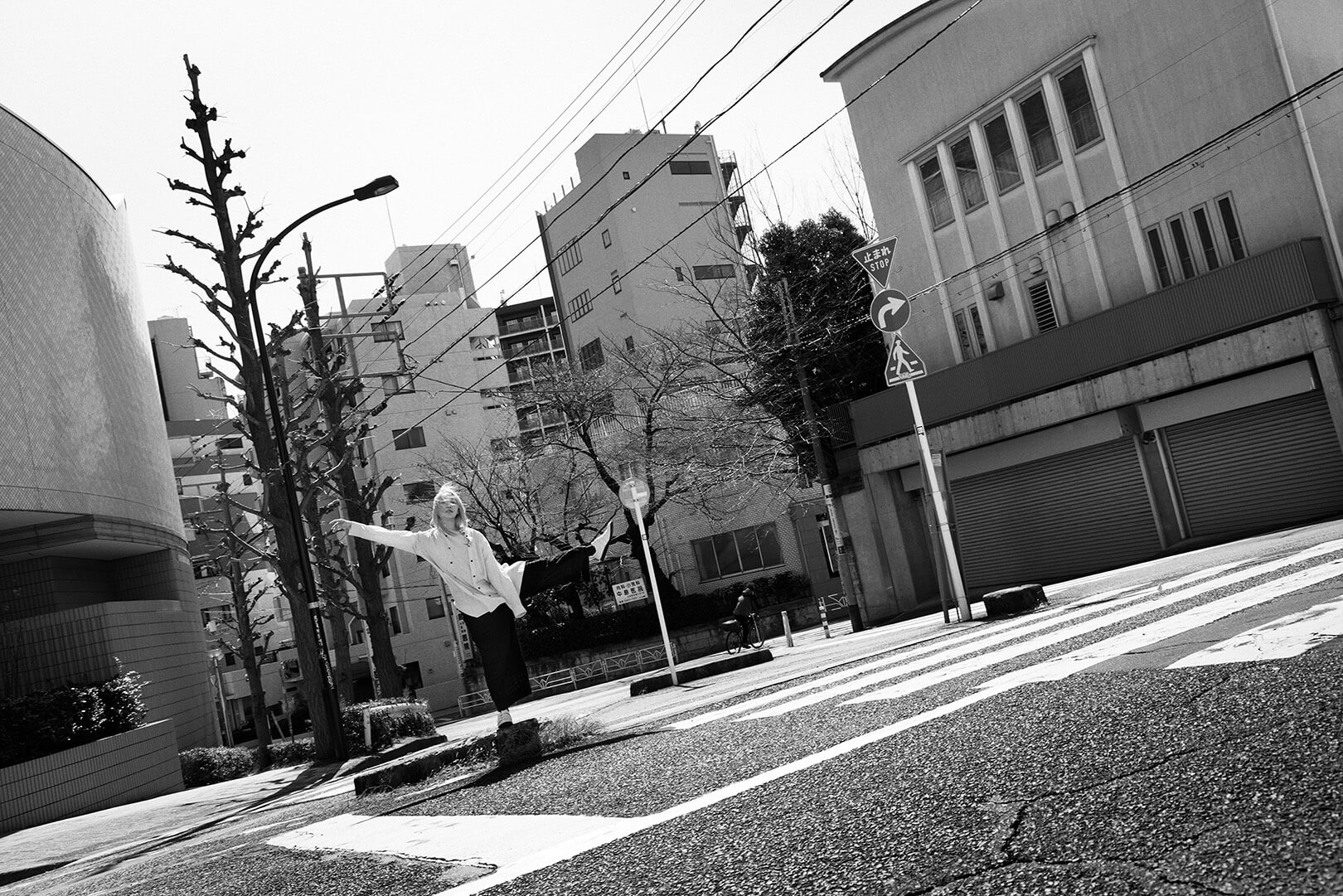 Y’s
Y’s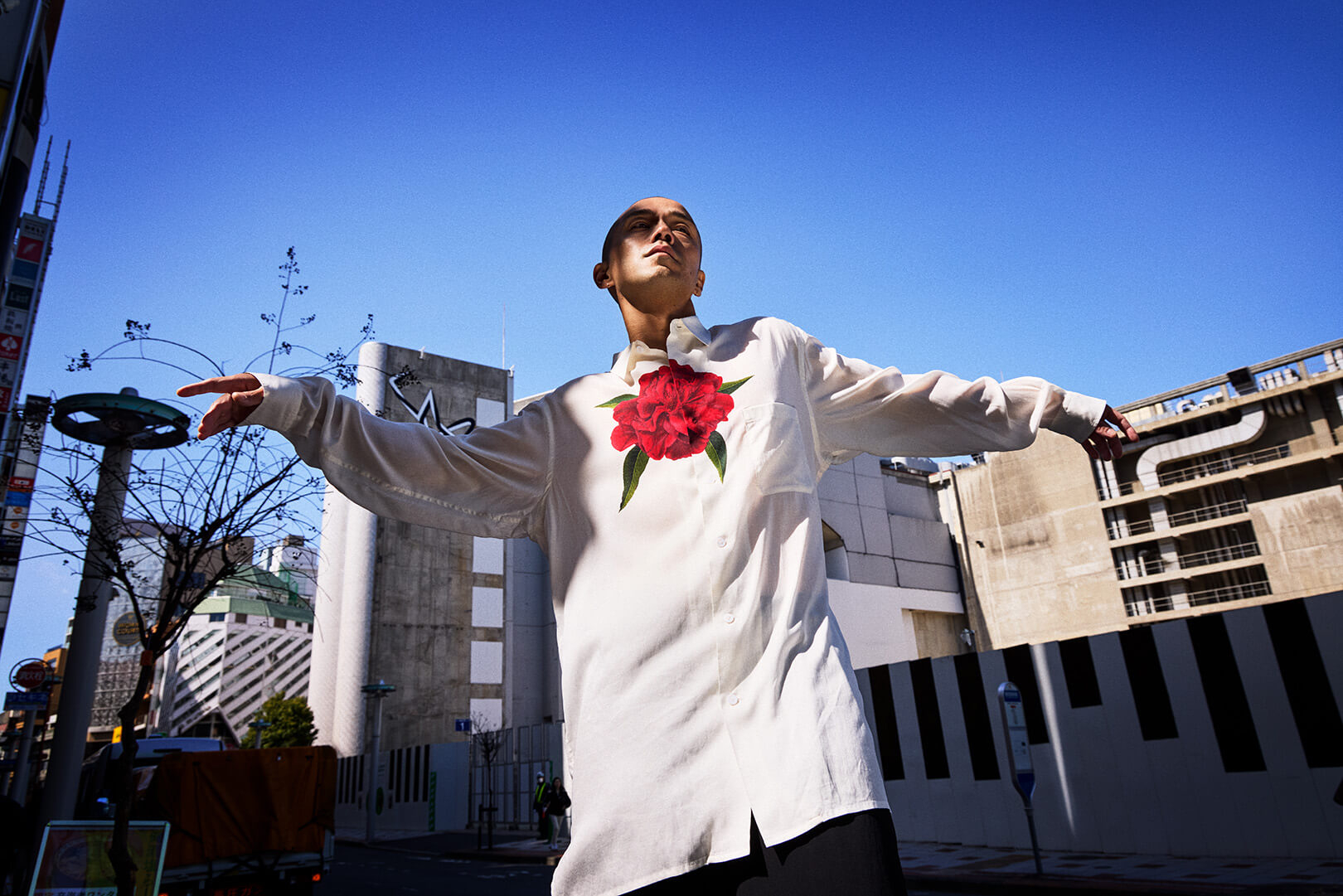 Y’s for men
Y’s for men사람·거리·모노
거리는 사람이 만든다.
사람이 모여, 살고, 물건이나 생각을 교환하는 장소로서 ‘거리’는 성립해 왔다.동시에 ‘사람’도 마을이 만든다고 말할 수 있을 것이다.
적어도 나(구리노 히로후미 70대)는 거리에 따라 키워졌다고 해도 과언이 아니다.
개인적인 내용으로 시작하는 것은 따로 개인사를 말하고 싶어서가 아니다.다만 ‘당사자’로서의 경험을 말하는 것은 이 원고에서 유효하다고 믿는다.
원래 나의 어머니(1927~2010)는 시부야에서 태어나 자랐다.영화를 좋아하는 소녀였던 어머니는 ‘시작 벨이 울린 것을 듣고 나서 집을 나와도 상영 시간에 맞았다’는 지역에 살고 있었다고 한다.그런 어머니는 초등학생인 나를 자주 영화관에 데려가 주셨다.나는 자연스럽게 전철을 타는 방법이나 영화 표를 사는 법을 배워, 10대 중반 이후에는 혼자서 시부야의 명화자리에 다니기 시작했다.
입장료는 300엔이었다고 생각한다.교통비는 세타가야 선에서 어린이 할인이면 30엔으로 시모타카이도에서 시부야까지 갈 수 있었다.시간은 너무 많이 걸렸지만.
이윽고 음악에 눈을 뜬 나는 시부야에서 레코드를 사서 당시 몇 채 있던 록 카페에 다녔다.사람이 사람을 만나는, 그것도 마을이 해 온 역할이다.거기서 알게 된 얼굴은 히비야 야외 음악당(통칭 야온)에서도 보게 되어, 어느새 나는 록 콘서트를 도와주고 있었다.마음대로 콘서트 포스터를 붙여 걸었던 것도 시부야다.나는 록 카페에서 영어 교과서를 열고 숙제를 끝냈다.나 같은 허수아들을 어떻게든 상자에 넣으려는 학교나 교사와의 거리가 넓어지면서 나는 없었던 고등학생이 되었다.거리가 사람을 키운다.
이윽고 나는 양복에 대한 흥미가 늘어나, 거리에 양복을 사러 간다.신경이 쓰이는 옷의 대상은 지금까지의 청바지나 티셔츠에서 디자인된 옷으로 향했다.당시 소위 ‘디자이너 브랜드’ 옷을 팔고 있던 것은 직영점 중심이었던 곳에 ‘패션빌딩’이라는 존재가 일어난다.
People, city, and things
A city is made by its people.
A city comes into being as a place where people gather, live, and exchange things and ideas. At the same time, it can also be said that people are made by the city.
At the very least, I (Hirofumi Kurino, in my 70s) can say I was raised by the city.
I don't begin with a personal story in order to share my biography. But I do believe that recounting my experiences as a "participant" is meaningful for this text.
To begin with, my mother (1927–2010) was born and raised in Shibuya. She was a girl who loved movies, and apparently lived in an area where "she could leave the house after hearing the bell signaling the start of a film and still make it to the theater on time." She often took me, an elementary school student, to the cinema. I naturally learned how to ride the train and buy movie tickets, and by my mid-teens I had begun going alone to Shibuya's repertory cinemas.
I believe admission was 300 yen. The train fare was 30 yen with a child's discount on the Setagaya Line, which got me from Shimotakaido to Shibuya. It took quite a bit of time, though.
Soon I became immersed in music, and I began buying records in Shibuya and frequenting rock cafés, of which there were a few at the time. Cities are places where people encounter each other—this is one of the roles they have long played. I began to see the same faces I'd met at those cafés at the Hibiya Open-Air Concert Hall (commonly called "Yaon"), and before I knew it, I was helping out at rock concerts. I pasted concert posters around the city without permission—also in Shibuya. I did my homework at rock cafés, English textbook open. As the distance between myself and teachers or schools trying to force misfits like me into boxes grew, I became a more precocious high school student. Cities shape people.
Eventually I developed an interest in fashion, and I began venturing into the city to buy clothes. My attention shifted from jeans and T-shirts to designer clothing. At that time, so-called "designer brands" were sold mainly in directly operated stores, but then came the rise of "fashion buildings."
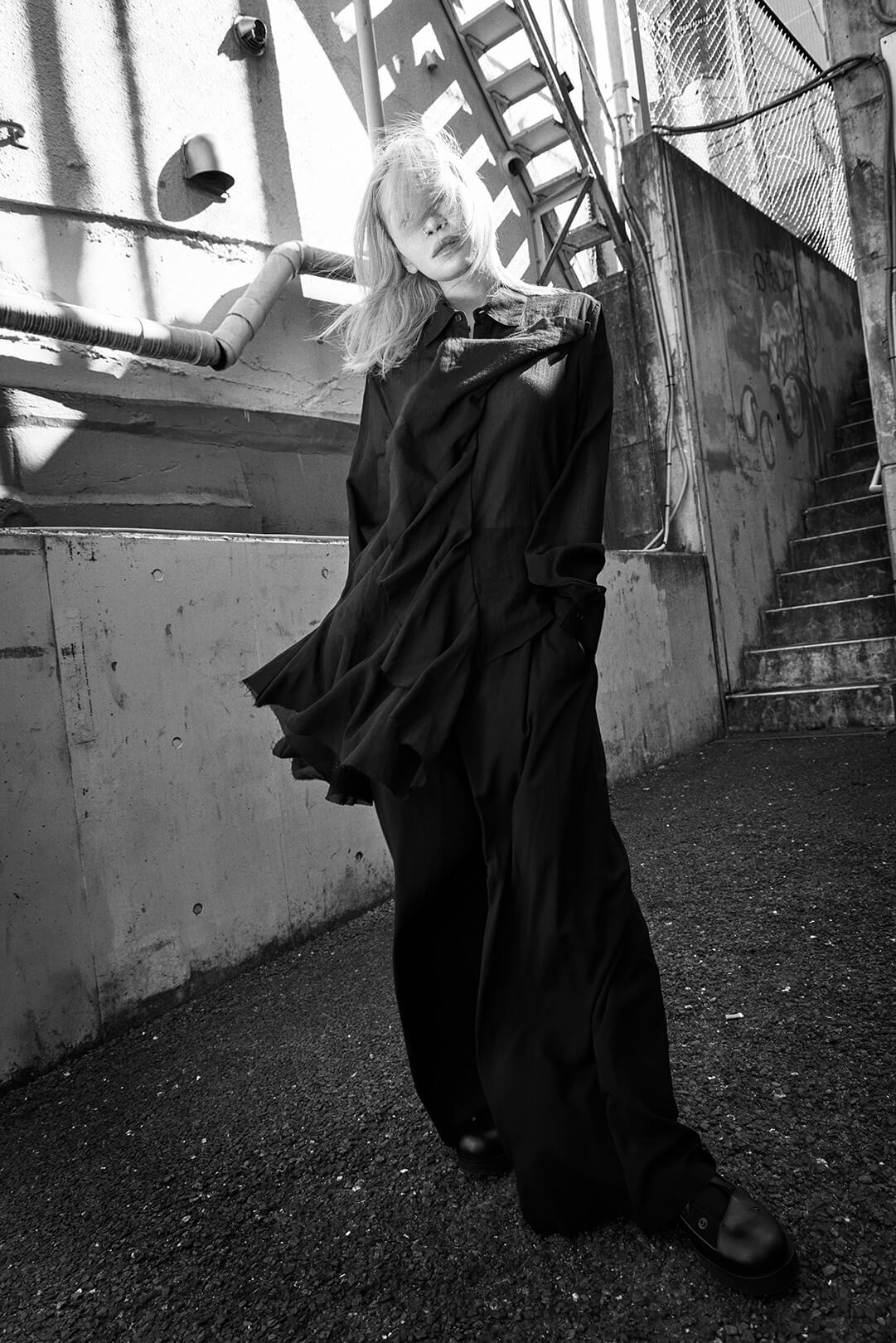 LIMI feu
LIMI feu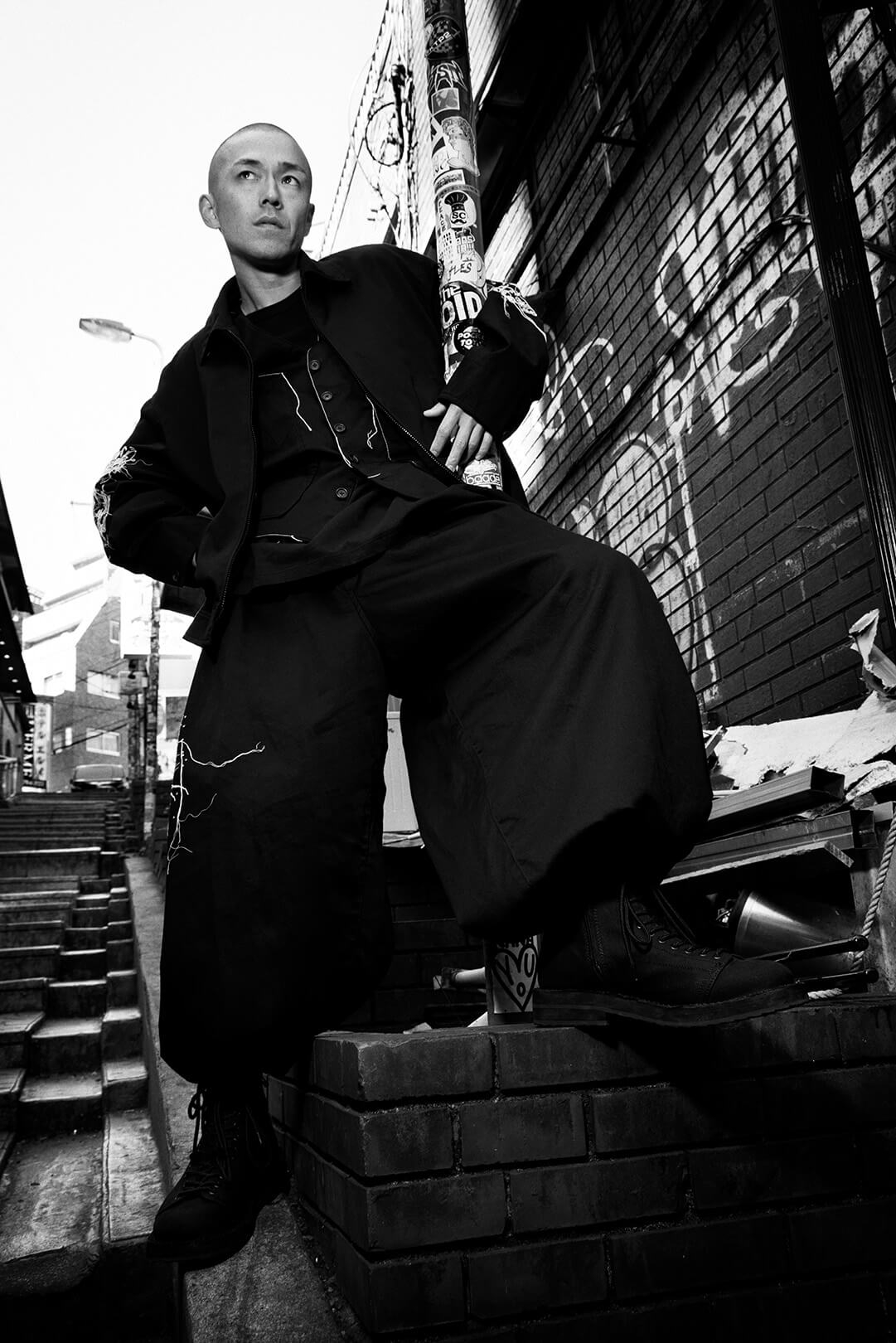 S’YTE
S’YTE시대는 70년대에서 80년대로 옮겨져 패전국인 일본은 부흥하고 경제대국, 소비 대국의 길을 걸어간다.내 스타일 아이콘이 데이비드 보위였던 1973년 시부야에 개점한 파르코는 80년대에는 디자이너 브랜드를 집적한 메카가 되었다.
야마모토 요지의 컬렉션은 같은 시기에 세계 데뷔한 일본의 디자이너 브랜드와는 다른 미의식을 가지고 있었다.
그것은 서구에서 계승되어 온 복장 개념과는 반대로 있는 것이라고도 말할 수 있을지도 모른다.
육체나 성적 엘리먼트의 강조, 혹은 착수가 소속된 ‘계급’을 구현해 온 것이 서구의 식이라면
요우지 야마모토의 후쿠는 ‘몸을 찌르는’후쿠다
그러나 소리 높이 자기 주장하지 않는 것처럼 보이면서 확실한 존재감을 발하는 '자기'가 있는 옷.
거기에 일본다운 스토이시즘이나 고의 센슈얼리티 제일을 해외 저널리스트나 바이어…그리고 무엇보다도 착수가 찾아냈다.
요지야마모토는 ‘화’의 미의식과 ‘양’의 쿠튀르의 융합으로 평가된 것이다.
장식성은 댓글이지만 간소해도 무미무취도 아닌 ‘느긋함’이 있는 옷.혹은 ‘음예례찬’적인 비밀스러운 관능성이 거기에 감지됐다.
요지야마모토의 옷은 구미의 배우나 예술가에게 좋아졌지만 구미에서는 서구적인 사교의 장소에 몸을 두지 않을 수 없는 입장에 있으면서, 소위, 드레스나 턱시도를 입고 싶지 않은 손님층에, 그들의, 특히 요지야마모토의 미학은 깊게 울렸다.빔 벤더스나 피나 바우슈는 단순히 요우지야마모토를 입었을 뿐만 아니라 표현자로서의 영혼도 거기에 불어넣었다.
혹은 JF 케네디 주니어의 아내이자 패션 리더가 된 고 캐롤린 베셋 케네디그녀가 심플하게 요지야마모토를 입은 모습이 기억에 남는다.그녀는 원조 콰이어트 럭셔리라고도 할 수 있지만, 요우지 야마모토의 옷은 그 문맥에도 속한다.
요우지 야마모토에 한정되지 않지만, 일본의 디자이너의 후쿠는 '사람'을 덮거나 장식하거나 하는 것이 아니라, 반대로 걸치는 중에서, 그 한 나름을 표출할 수 있는 존재는 아니었을까?즉, 여기서의 복은 ‘물건’이 아니다.사람이 물건을 ‘물건 이상의 존재’로 승화시킨 모습을 우리는 본 것이다.혹은 후쿠라는 것이 사람의 매력(때로는 본인도 모르는 무언가)을 시각화한다.사람은 복을 키우지만, 종아리도 사람을 기른다.
그것을 목격하고 영상에 찍는 것이 사진작가이다.
As the era shifted from the 1970s to the 1980s, Japan, once a defeated nation, recovered and followed the path to become an economic and consumer superpower.In 1973, when my style icon was David Bowie, PARCO opened in Shibuya, and by the 1980s it had become a mecca for designer brands.
Yohji Yamamoto's collections, possessed a different aesthetic than other Japanese designers which debuted on the global stage around the same time.
One could say it stood in stark contrast to the fashion sensibilities inherited in the West.
If Western clothing was about emphasizing the body and sexuality, or manifesting the social class of the wearer,
Yohji Yamamoto's clothing was about "wrapping the body."
Clothing that, while not loudly asserting itself, exuded a firm presence and sense of self.
Foreign journalists, buyers—and above all, the wearers themselves—began to recognize in his garments a uniquely Japanese stoicism and sensuality.
Yohji Yamamoto was seen as a fusion of Japanese aesthetics and Western couture.
The clothes were not decorative, but had a certain "sway" to them that was neither simple nor bland. There was a hidden sensuality to them that was reminiscent of "In Praise of Shadows."
His garments, favored by Western actors and artists, resonated deeply with those who, though compelled to participate in Western social settings, did not wish to wear typical soiree dresses or tuxedos. Wim Wenders and Pina Bausch did not merely wear Yohji Yamamoto; they imbued the garments with their spirit as artists.
Also remembered is the late Carolyn Bessette-Kennedy, wife of John F. Kennedy Jr. and a noted fashion icon. Her simple, elegant way of wearing Yohji Yamamoto remains etched in memory. She could be considered the originator of "quiet luxury," and Yohji Yamamoto’s clothing certainly belongs within that context.
Not limited to Yohji Yamamoto alone, Japanese designer clothing may not be about hiding or adorning a person, but rather about expressing their essence through the act of wearing. That is to say, here, clothing is not simply a "thing." We have witnessed how people elevate garments into something more. At times, clothing can even make visible a person's appeal—something they themselves may not recognize.
People develop clothing, but clothing also develops people.
And it is the photographer who witnesses this and captures it in images.
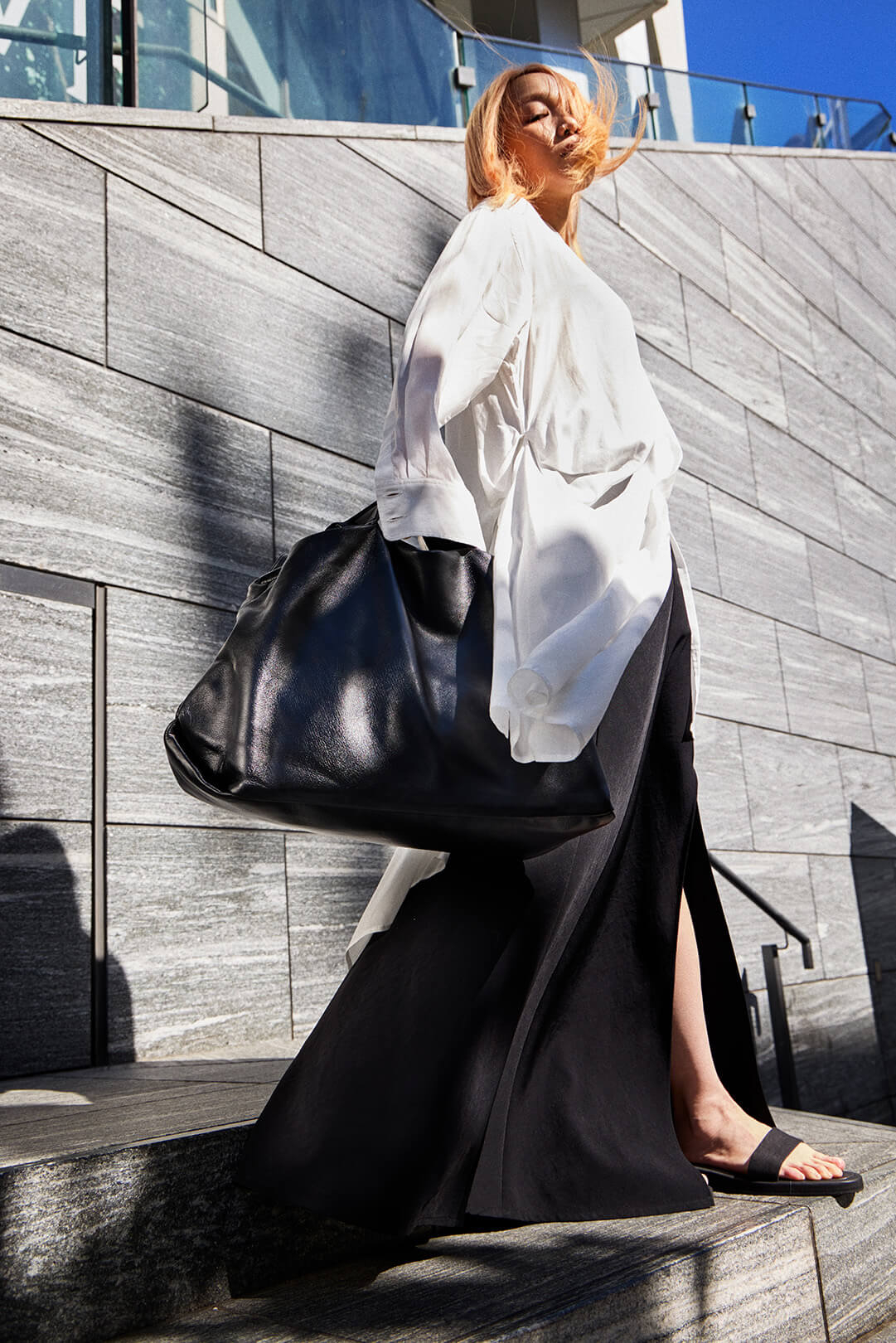 discord Yohji Yamamoto
discord Yohji Yamamoto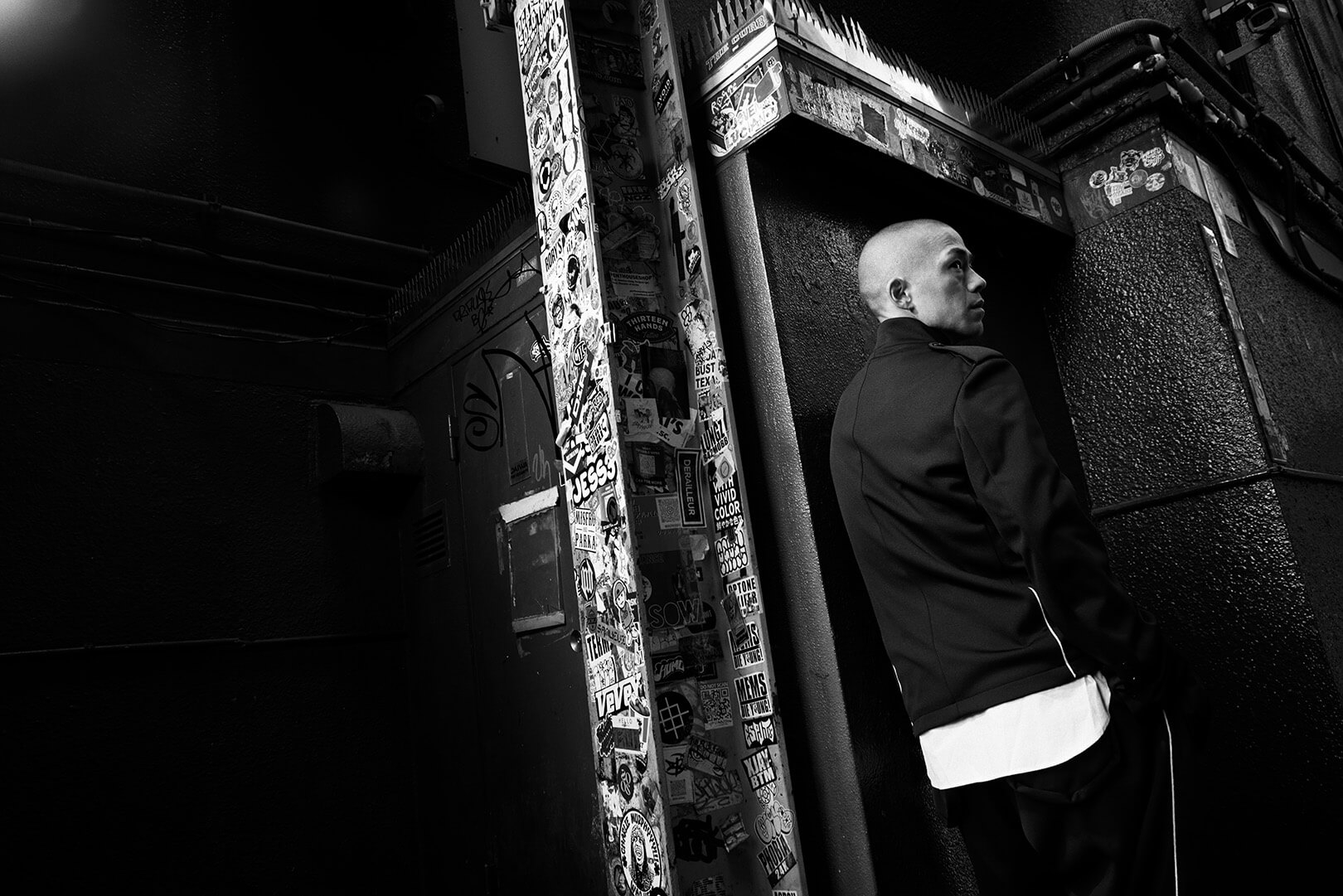 Ground Y
Ground Y